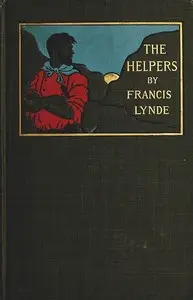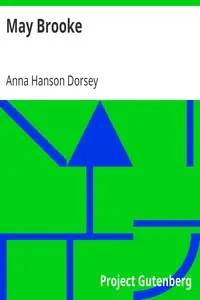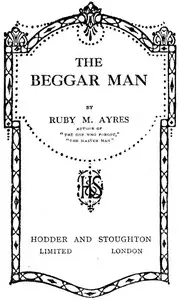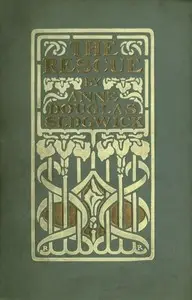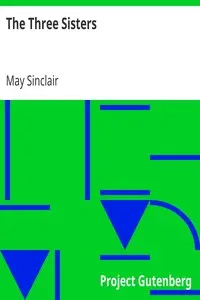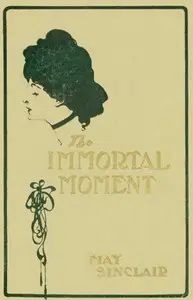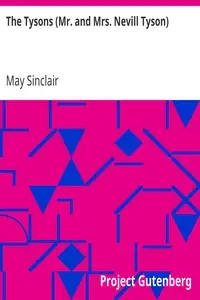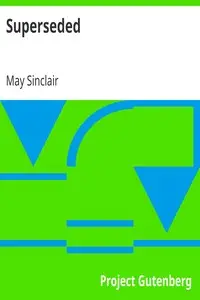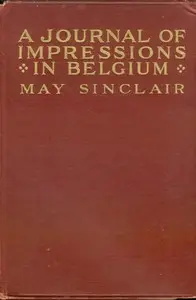"The Helpmate" by May Sinclair is a story about Anne Majendie, a young wife facing a difficult situation. She learns about her husband Walter's past relationship with Lady Cayley, which causes her to question her marriage and her identity. The story explores how Anne deals with feelings of love, betrayal, and duty, all while trying to maintain her faith. The book highlights the struggles she faces dealing with her husband's past as it changes their relationship and forces her to consider her worth. The novel presents these emotional and moral battles as Anne tries to define her role as a loving wife while staying true to herself.
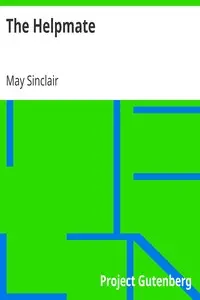
The Helpmate
By May Sinclair
A wife's world is turned upside down by her husband's secret past, forcing her to confront love, betrayal, and her own sense of self.
Summary
About the AuthorMay Sinclair was the pseudonym of Mary Amelia St. Clair, a popular British writer who wrote about two dozen novels, short stories and poetry. She was an active suffragist, and member of the Woman Writers' Suffrage League. She once dressed up as a demure, rebel Jane Austen for a suffrage fundraising event. Sinclair was also a significant critic in the area of modernist poetry and prose, and she is attributed with first using the term 'stream of consciousness' in a literary context, when reviewing the first volumes of Dorothy Richardson's novel sequence Pilgrimage (1915–1967), in The Egoist, April 1918.
May Sinclair was the pseudonym of Mary Amelia St. Clair, a popular British writer who wrote about two dozen novels, short stories and poetry. She was an active suffragist, and member of the Woman Writers' Suffrage League. She once dressed up as a demure, rebel Jane Austen for a suffrage fundraising event. Sinclair was also a significant critic in the area of modernist poetry and prose, and she is attributed with first using the term 'stream of consciousness' in a literary context, when reviewing the first volumes of Dorothy Richardson's novel sequence Pilgrimage (1915–1967), in The Egoist, April 1918.

